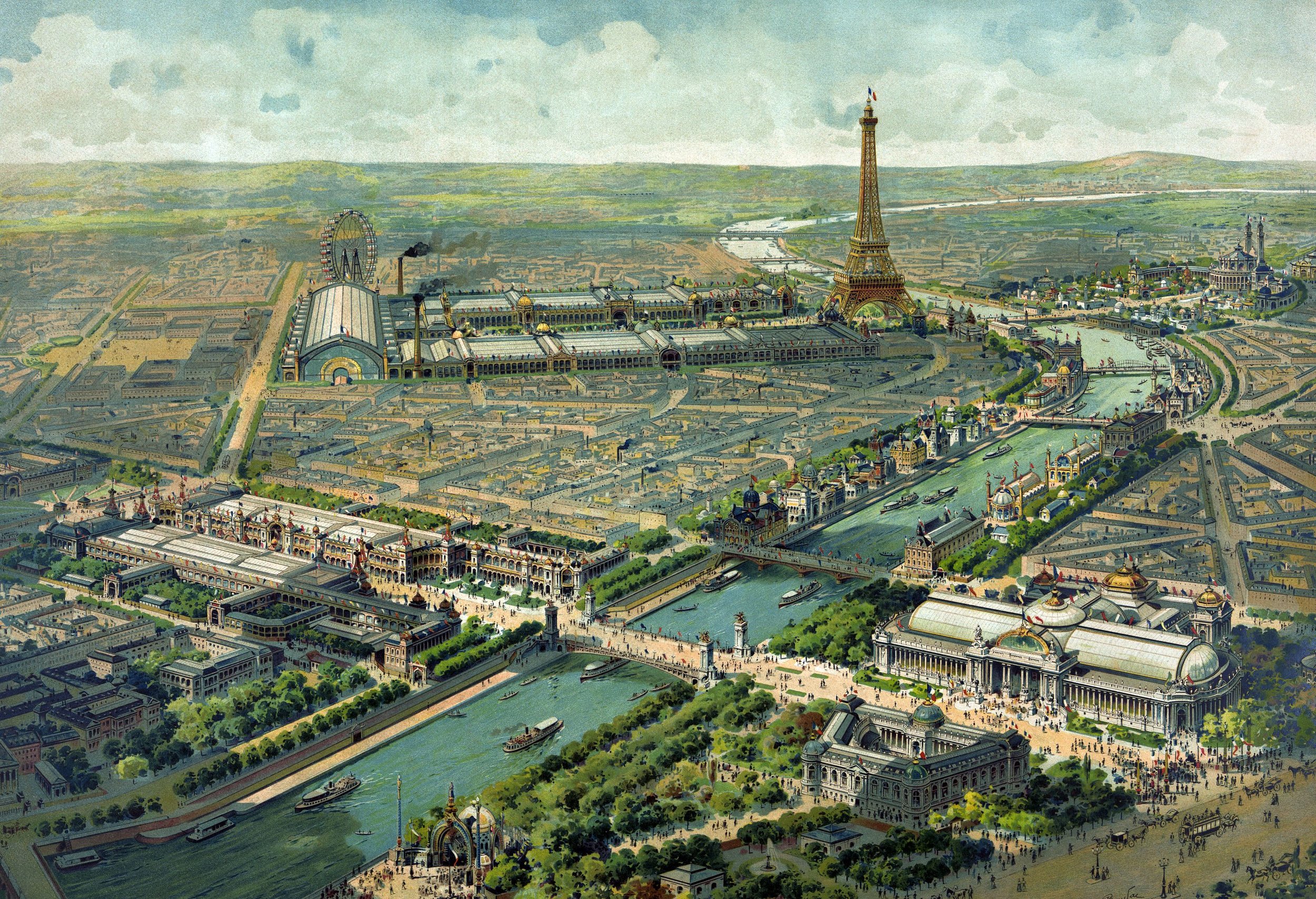The development by Georges Braque (1882-1963) and Pablo Picasso (1881-1973) in the 1910s can be linked not only to collaboration and interchange between the two artists of Bohemian Paris, but also to other contributing phenomenon. Both artists admired Paul Cézanne, whose flattened planes and shifting vantage points anticipated the moves of the next generation. We know that Picasso was also inspired by African and Iberian sculpture as providing an alternate way of conceptually representing space and form. In this session, however, we will focus on two foundational shifts in understanding how time and space affect perception—the theories of Henri Bergson in Matter and Memory (1896) and Albert Einstein’s articulation of the theory of relativity, published in 1905. Bergson postulated that perception occurs over extended periods of time rather than at a single moment and, therefore, what we know is based on accumulated layers. His focus on time as an element of perception informed the development of Futurism in Italy, articulated in a series of manifestos published after 1908 and visualized in the paintings and sculptures of artists, including Umberto Boccioni (1882-1916) and Gino Severini (1883-1966). The Futurists layered moments of movement into single images in order to convey the pace of the city and the possibilities of technology. Their movement gives evidence of overlap with Cubism as well as influence, especially after the Futurists journeyed to Paris in 1912. Art Historians identify two trajectories in Cubism, Analytic and Synthetic, both which abandon traditional perspective and depictions of dimensionality, but do not share the same concern with showing lapsed time as the Futurists. Other groups develop variations on Cubism; especially interesting in light of the themes of this course, Orphism moves away from the analytic abstractions on limited palette of Picasso and Braque, choosing to depict the city, like the Futurists; using a bright palette, like the Fauves and Neo-Impressionists; but also employing multiple, layered viewpoints, like the Cubists.
Marie Laurencin. Perfect Little Girls. 1913. Philadelphia Museum of Art. Photo by author.


![Baule Mask, This photo was taken by Roman Bonnefoy ( Romanceor [parlons-en]).](https://images.squarespace-cdn.com/content/v1/55a52ee4e4b0cfa99454163e/1538055190430-X2PJWPLXFUNBVV82XXVK/Mask_baoule%CC%815-romanceor.jpg)

